AI Powered Recycle Sorter
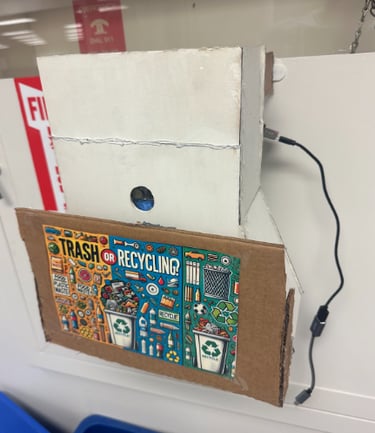

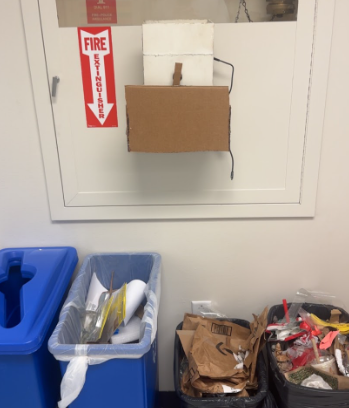

For the Maker Faire showcase, I designed and built a recycling sorter that combined CAD design, laser-cut fabrication, machine learning software, and hardware integration. The goal was to create a functional prototype capable of classifying recyclables and trash, while also representing my broader interest in sustainability and engineering design.
Project Overview
CAD Design (SolidWorks), Laser Cutting (Glowforge), Hardware Prototyping, Servo Motor Integration, Microbit Programming, Arduino & ESP32 Exploration, Teachable Machine Image Classification, and Iterative Prototyping
Skills and Tools Applied
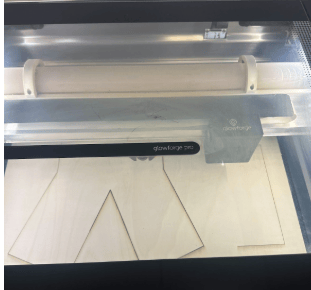



I began with sketches and then created a digital chassis design in SolidWorks, experimenting with different structural concepts. The chassis was prototyped in cardboard before being cut from wood using the Glowforge laser cutter. Through several iterations, I refined tolerances, added holders for servos and cameras, and painted interior surfaces white to improve object recognition contrast
Design and CAD Modeling
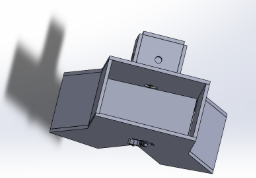

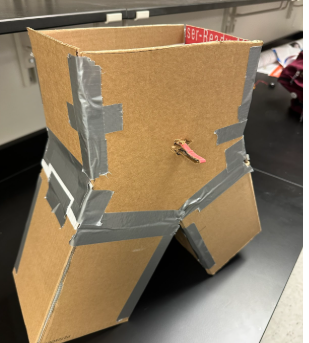

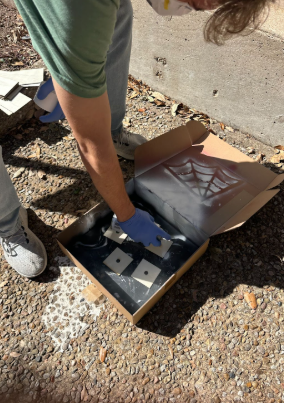

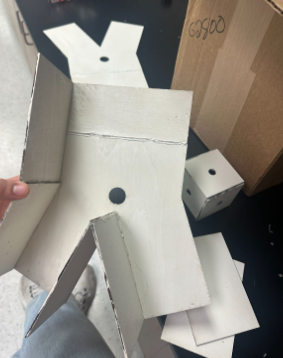

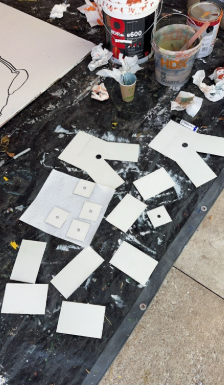

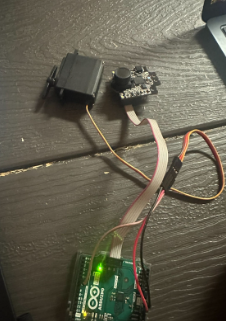

The physical system started with a Pixy2 camera, servo motors, and structural supports glued and reinforced for strength, but I instead used a computer camera to integrate into the software well. Several iterations were necessary to ensure the sorter could mount on a wall and hold the electronics securely. The hardware was integrated with a computer and microcontrollers, evolving through trials with Arduino, ESP32, and finally Microbit, to achieve reliable control
Hardware Developement

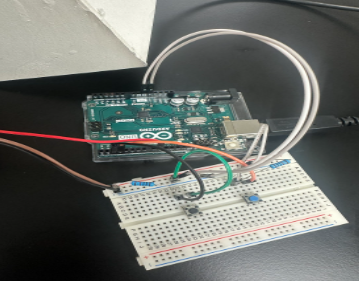
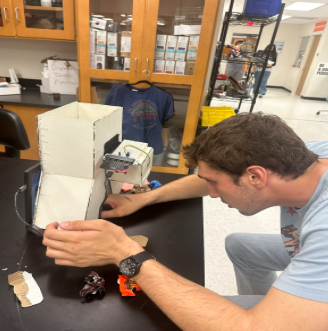

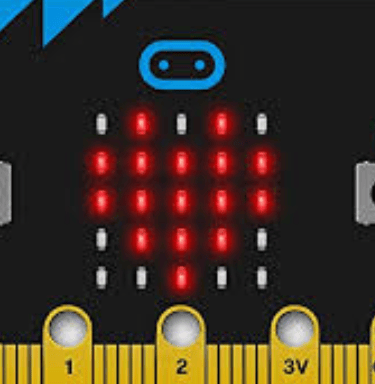

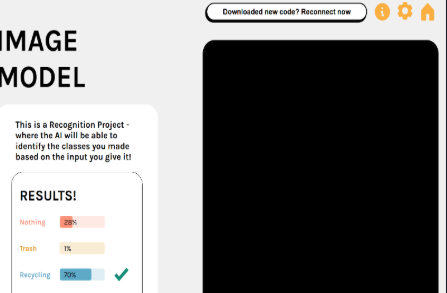

The recognition system was trained using Google’s Teachable Machine, which classified images into recycling vs. trash categories. Hundreds of pictures of bottles, cardboard, paper, wires, wrappers, and bags were used to refine accuracy. While initial attempts to connect directly with Arduino and ESP32 failed, I successfully linked Teachable Machine with Microbit, enabling the sorter to classify inputs and control servos for sorting.
Software and Machine Learning
The final prototype successfully identified and sorted items as recyclable or trash, demonstrating the feasibility of low-cost, small-scale machine learning recycling systems. The project showed how persistence and iteration lead to functional design, and it highlighted the potential for combining engineering design, fabrication, and AI tools to promote sustainability.